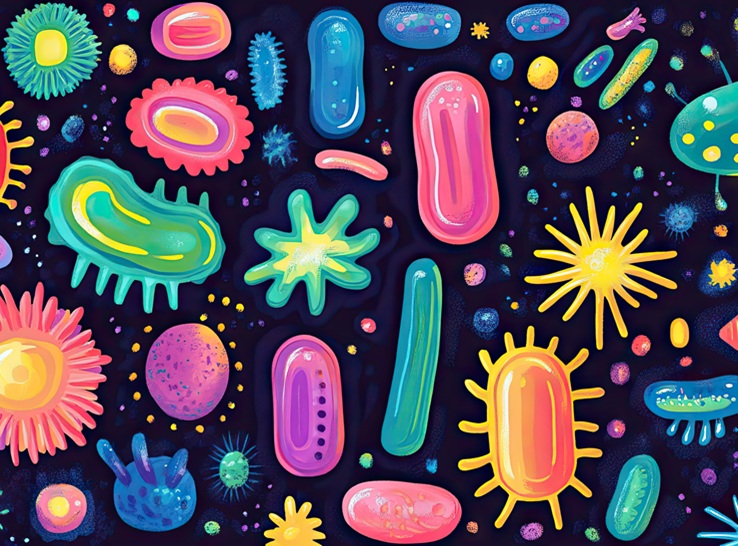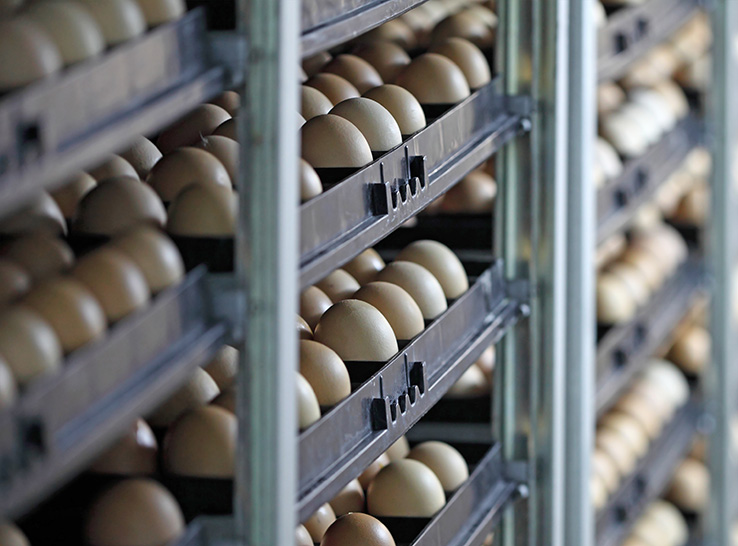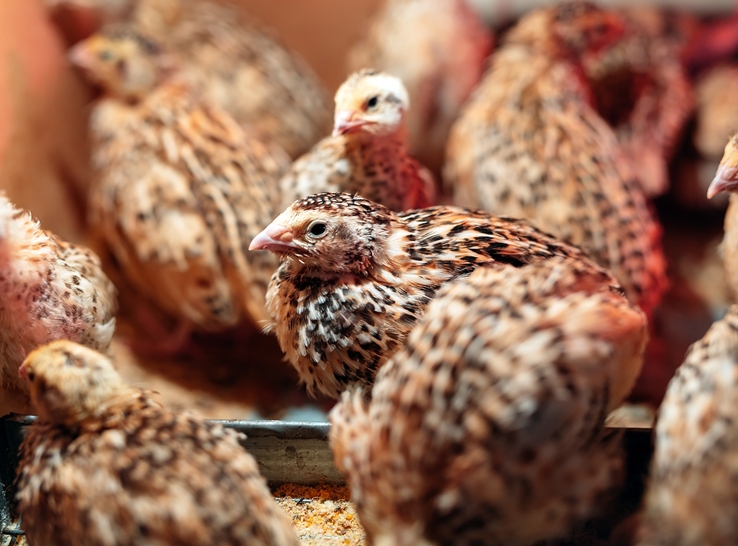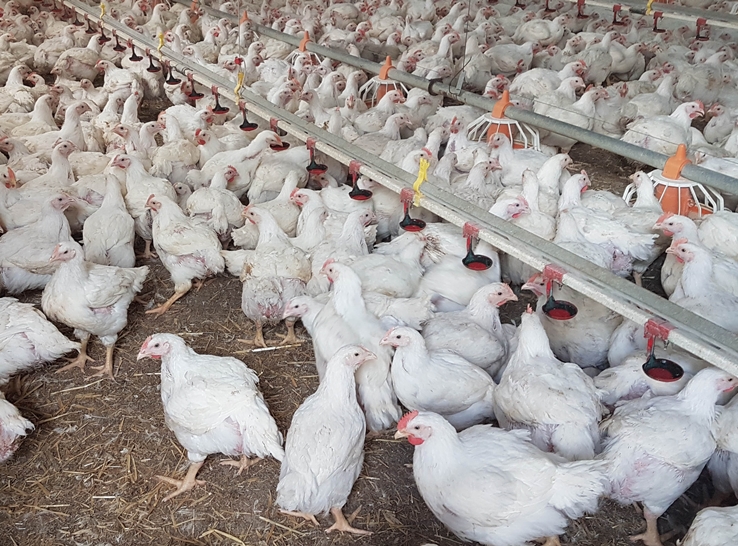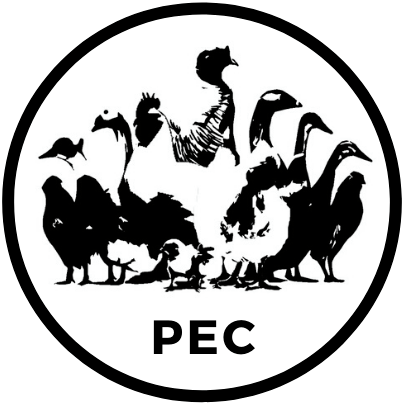By Dr. Shawna Weimer, University of Arkansas
The incubation environment is important for embryonic development and programs chick welfare. The focus of this article is on the effects of the incubator environment on chicken egg incubation, but the same principles can apply to other poultry species. For more information on hatchery topics, see our previous newsletter.
This article will focus on the 4 most important incubation factors in the incubation environment that can affect chick embryonic development: temperature, humidity, ventilation and egg turning.
4 Important incubator conditions
- Temperature
- Relative humidity
- Ventilation
- Egg turning
Temperature
 In nature and many backyard flocks, the mother hen sits on the eggs for extended periods of time (referred to as brooding), using her body temperature to incubate the eggs (referred to as as a clutch).
In nature and many backyard flocks, the mother hen sits on the eggs for extended periods of time (referred to as brooding), using her body temperature to incubate the eggs (referred to as as a clutch).
Artificial incubation temperature regulation is the most important environmental factor that can influence poultry chick quality and lifelong welfare. Higher incubation temperatures speed up embryonic development, while lower incubation temperatures slow down embryonic development. As embryos develop, the amount of heat produced from metabolism increases, so temperature settings must be lowered closer to hatch time.
Consistency is key!
Maintaining consistent environmental controls is key because even short periods of fluctuations in the environment can affect the developing embryo.
Relative humidity
Relative humidity is the amount of water vapor present in the air, expressed as a percentage of the amount needed for the air to be 100% saturated at the same temperature.
 To measure relative humidity in the incubator, the dry bulb temperature is compared to the wet bulb temperature. The dry bulb temperature is the temperature of the air. The wet bulb temperature is the temperature of a thermometer with a moist cotton wick around its bulb. Evaporation of water from the wick cools the bulb by an amount related to the relative humidity. An online relative humidity calculator using dry bulb and wet bulb temperatures is available here.
To measure relative humidity in the incubator, the dry bulb temperature is compared to the wet bulb temperature. The dry bulb temperature is the temperature of the air. The wet bulb temperature is the temperature of a thermometer with a moist cotton wick around its bulb. Evaporation of water from the wick cools the bulb by an amount related to the relative humidity. An online relative humidity calculator using dry bulb and wet bulb temperatures is available here.
During the final stages of development, the chick embryo loses over 10% of its weight, which is primarily water loss that evaporates through the egg shell pores. Water loss is essential for the chick to break through the egg shell with their beak (pip) and successfully hatch. If humidity is too low, chicks may not be able to hatch. If humidity is too high, chicks may hatch early and could become dehydrated if they stay in the incubator too long.
Sanitation is key!
The hot and humid incubation environment is also perfect for microbial growth. Clean and disinfect incubation equipment before setting eggs and monitor air quality during incubation.
Ventilation
Gas concentrations in the air of the incubator are important because air exchange (embryonic respiration) occurs through the membrane and pores of the eggshell in the air cell. Thus, sufficient levels of oxygen and carbon dioxide must be regulated through ventilation. Air oxygen content is about 21%, which is ideal for embryonic development but if levels fall much lower than 21%, embryonic mortality will increase and hatchability will decrease.
Ventilation fans pull fresh air into the incubator (providing oxygen) and exhaust air out (removing carbon dioxide) of the incubator.
Altitude influences gas concentrations, so ventilation management will vary depending on geographical location.
Proper ventilation also mixes air for constant temperature and relative humidity and removes excess moisture from the incubator.
Egg Turning
Egg turning prevents the embryo from sticking to the shell. Embryos sticking to the shell can lead to early mortality or deformities at hatch.
The egg turning angle should be about 45 degrees. Eggs should be turned from day 1-18 of incubation. By day 19, chick embryos have turned to position themselves for hatching and eggs should be transferred from egg trays to hatching baskets.
Incubation programs chick welfare
Proper incubator temperature, relative humidity, ventilation, and egg turning ensures healthy embryo development, successful chick hatching, and programs physiology for life. Depending on the stage of development, even minor fluctuations in the incubator environment can disrupt embryonic development and lead to chick welfare issues and deformities. Examples of hatching environmental factors that affect chick hatchability and quality will be covered in future newsletters.
To view the full Poultry Extension Collaborative newsletter, Vol 38, click here.
Editor’s note: Content on Modern Poultry’s Industry Insights pages is provided and/or commissioned by our sponsors, who assume full responsibility for its accuracy and compliance.

